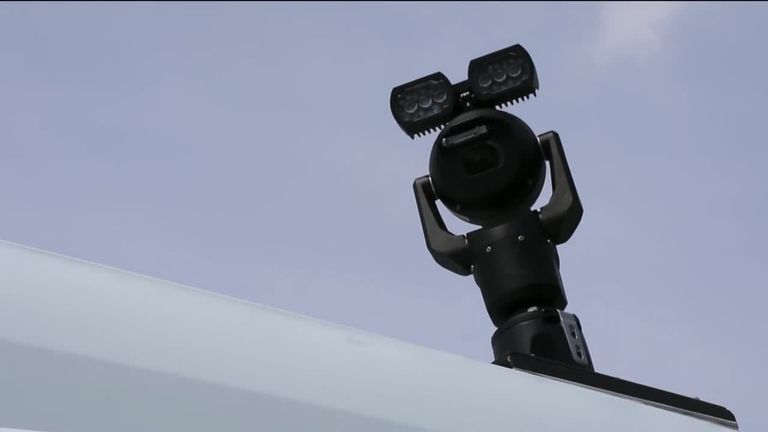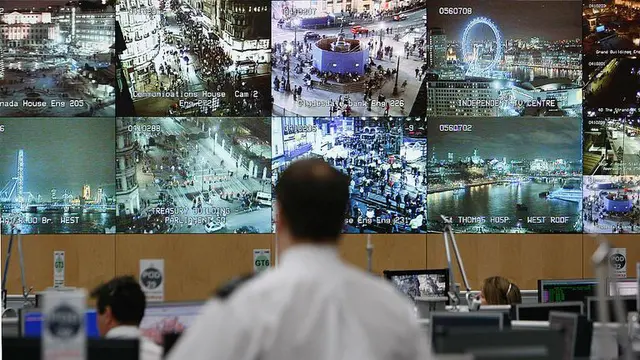The Metropolitan Police is to begin using its controversial live facial recognition (LFR) technology on a standard basis, despite concerns about the impact of the surveillance software and its legality.
In a statement on Friday the force's assistant commissioner, Nick Ephgrave, said the Met was making the technology "operational" following 10 trials across the capital.
Civil society groups, academics and successive independent biometrics commissioners have warned that the legal regime surrounding the use of technology is lacking, and that the technology itself could leave the UK like a "surveillance state".
Are police illegally using facial recognition technology?
Mr Ephgrave said: "This is an important development for the Met and one which is vital in assisting us in bearing down on violence.
"As a modern police force, I believe that we have a duty to use new technologies to keep people safe in London.
"We are using a tried-and-tested technology, and have taken a considered and transparent approach in order to arrive at this point," Mr Ephgrave added.
The Met's senior technologist, Johanna Morley, repeated the force's claims that a false alert on the system was only triggered 0.1% of the time - that is only one person for every 1,000 whose faces were scanned by the police cameras were inaccurately flagged as belonging to a suspect on the police watch list.
However, this claim has been described as misleading by an independent report into the force's use of the technology, commissioned by the Met itself and revealed by Sky News, which found the technology
was actually 81% inaccurate
.
Ms Morley's figures do not account for false negatives, but also misrepresent the number of false positives compared to accurate positives.
Ms Morley had previously acknowledged to Sky News that the force would
have to invest significantly in its back-end technology systems
to ensure its use of the technology was legal if a decision was made to go forward with it. It is not clear whether this has been done.
The police use of facial images are not covered by the same laws which regulate how police can handle and process DNA and fingerprints.
The former biometrics watchdog, Alastair MacGregor QC, warned that the police had created enormous databases of facial images without "public or parliamentary consultation or debate".
Parliamentary committees have called for the use of the technology to be paused until it can be put on statutory footing, but both the Met and the UK's data watchdog, the Information Commissioner's Office, have said that using the technology is lawful.

New concerns about facial recognition emerge
The chairman of the Metropolitan Police Federation was criticised last year after
praising the use of LFR in China
as "absolutely correct" and "spot on" while the authorities there used it to crackdown on internal dissent.
Silkie Carlo, the director of Big Brother Watch, told Sky News: "This decision represents an enormous expansion of the surveillance state and a serious threat to civil liberties in the UK.
"It flies in the face of the independent review showing the Met's use of facial recognition was likely unlawful, risked harming public rights and was 81% inaccurate.
"This is a breath-taking assault on our rights and we will challenge it, including by urgently considering next steps in our ongoing legal claim against the Met and the home secretary.
"This move instantly stains the new government's human rights record and we urge an immediate reconsideration," Ms Carlo added.
The European Union is currently considering what could stretch to be
a five-year ban on the use of facial recognition technology
while it figures out how to properly regulate it.
Although this comes with exceptions for security projects, it could still impact the UK until article 72 of the withdrawal agreement, which states that EU law on data processing continues in the UK until the end of the transition period.
 简体中文
简体中文

